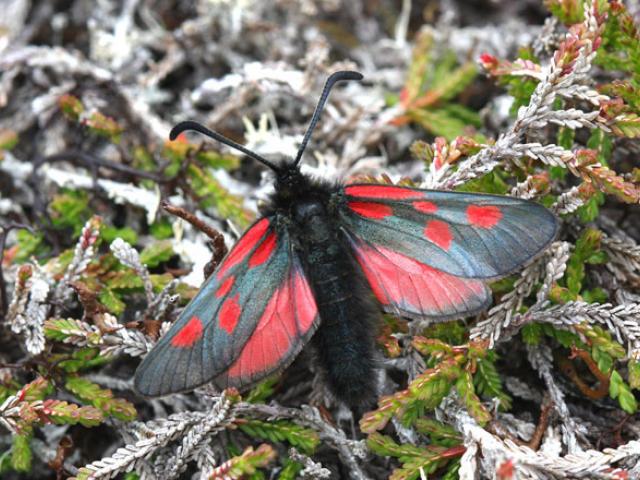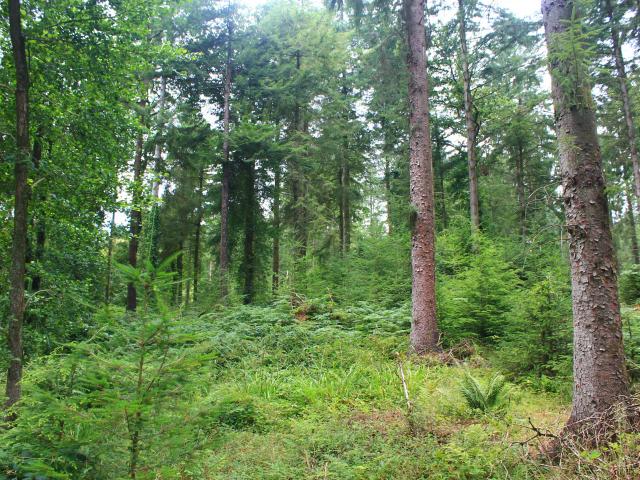We interview Butterfly Conservation Ecologist Patrick Cook and find out the highs and lows of his role over the past year.
Tell us about your role at BC
My role involves working in two teams in BC which are the ecology and the recording teams. The ecology side of my job involves a few different projects. I have one project down south investigating different types of forestry management and the impact this has on various taxonomic groups. In Scotland, I’m mainly focused on testing monitoring methodologies for moth species and setting up Marsh Fritillary monitoring on the west coast. In the recording team, I do a lot of work with QGIS which is a type of mapping software. I mainly train and support staff and volunteers on how to use the software. Being based in Scotland I also work closely with the conservation team on science-related jobs like monitoring to help support their work. I enjoy working across the teams as it gives me lots of variety.
Has this year affected your ecology work? And despite that, do you have any highlights?
Yes, we were first able to get out locally at the end of June in Scotland so even though we missed the ideal timing for monitoring various spring species, we still managed to get out and test a few methodologies. We did, however, miss the peak for Mountain Burnet, probably by a week and Choreutis diana by a few weeks too. In England, lockdown meant the Stourhead project was delayed until 2021, particularly because this involves working with a fair few folk on the ground. There have been some really good highlights this year though. I got to spend a lot of time in the hills monitoring Mountain Burnet and there was one day where they were flying in numbers. I always enjoy seeing them whizz about in their ‘Dennis the Menace’ like attire. Other highlights included visiting places like Glen Affric to monitor Choreutis diana and get across to the other side of the hills on Speyside to monitor Ancylis tineana.
What is it about butterflies and moths that fascinates you?

I like the neat tricks they have to survive and the importance of their role in the ecosystem. The diversity of their lifecycles is fascinating. For instance, there are species that have clever ways of concealing themselves with camouflage as a caterpillar or that employ different life strategies such as living inside a leaf. I’m also particularly interested in the way they interact with other groups in an ecosystem as a food resource for bats and birds, but also as pollinators for plants.
Tell us about the Stourhead project and what it has achieved?
The Stourhead project is the bread and butter of the work I do. The research project is quite different for BC, looking at different forms of forestry management and the influence this has on groups such as plants, mosses, moths, spiders, birds and bats. It’s a proper ecosystem-scale approach, which is what I love about the project, it’s definitely my favourite bit of work! The project is located on the border between Wiltshire and Somerset on the Stourhead Western Estate and the National Trust Stourhead Estate. We are looking at a commercial forest that is managed using irregular forestry principles. This involves removing the odd tree here and there, rather than clear-felling all at once. In effect, this creates a more diverse forest, with higher tree species richness and structure. There’s lots of potential for biodiversity but currently not much evidence. We are currently in the data collection phase of the project, so we’ll be collecting more data on these various groups in 2021. The aim is to then produce a scientific paper on the results.
Scotland has some breath-taking natural spaces – what’s your favourite?

I have two favourite places that I always enjoy going to. The first is the forest at Glen Affric and the second the wetlands at Insh Marshes. I spend the majority of my life wandering around both these types of habitats. I always really enjoy going to Glen Affric, it’s a stunning wooded glen, with proper Lord of the Rings peaks, and arguably the best example of mixed pinewood in Scotland. The glen has many interesting species in it like Choreutis diana which is not known anywhere else in the UK and the woodland regeneration work being undertaken there is really inspiring. I’ve spent a fair chunk of time in the glen over the years either helping Tom Prescott with Choreutis diana surveys/monitoring but also volunteering for Trees for Life to help with the woodland restoration. I always love going back there, being amongst the mountain and forests. I also have a real soft spot for Insh Marshes as it’s the first place I volunteered at in Scotland for the RSPB. It’s one of the best examples of a natural floodplain we have in Scotland and I like how dynamic the wetland is. It’s a great place for wetland birds and it’s a good team of folks looking after the reserve.
